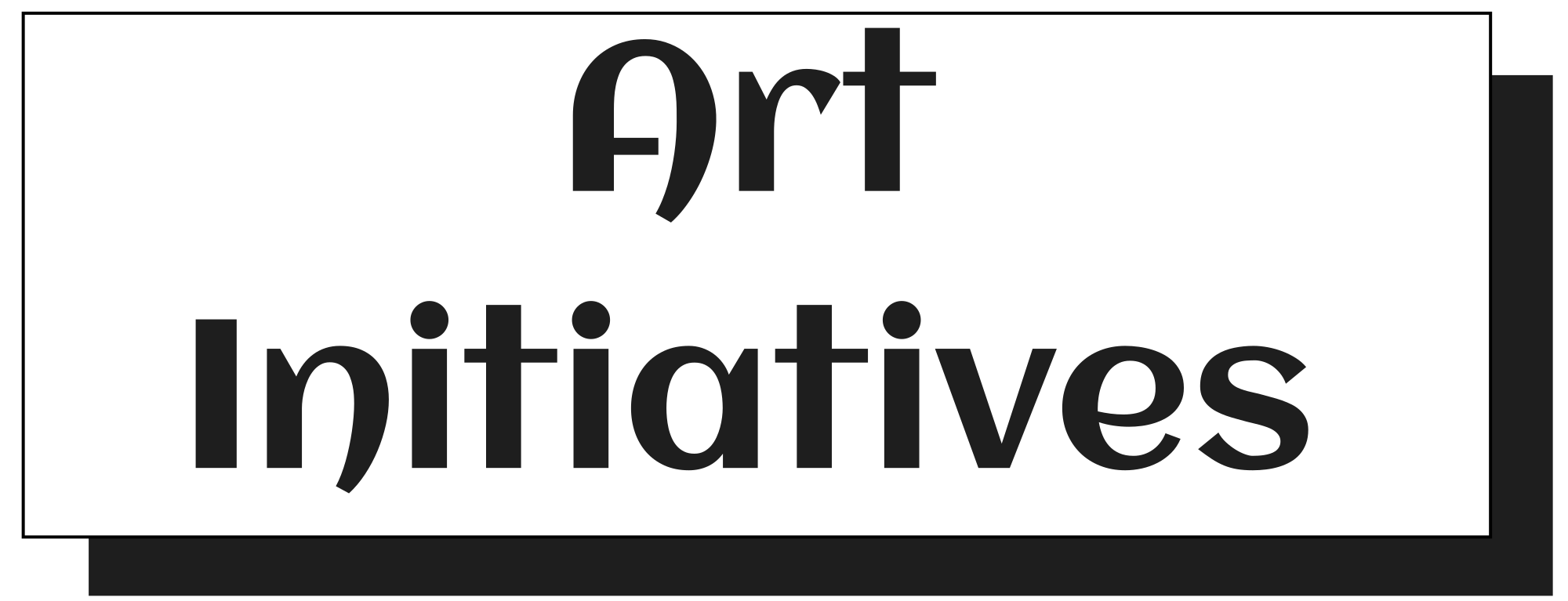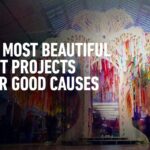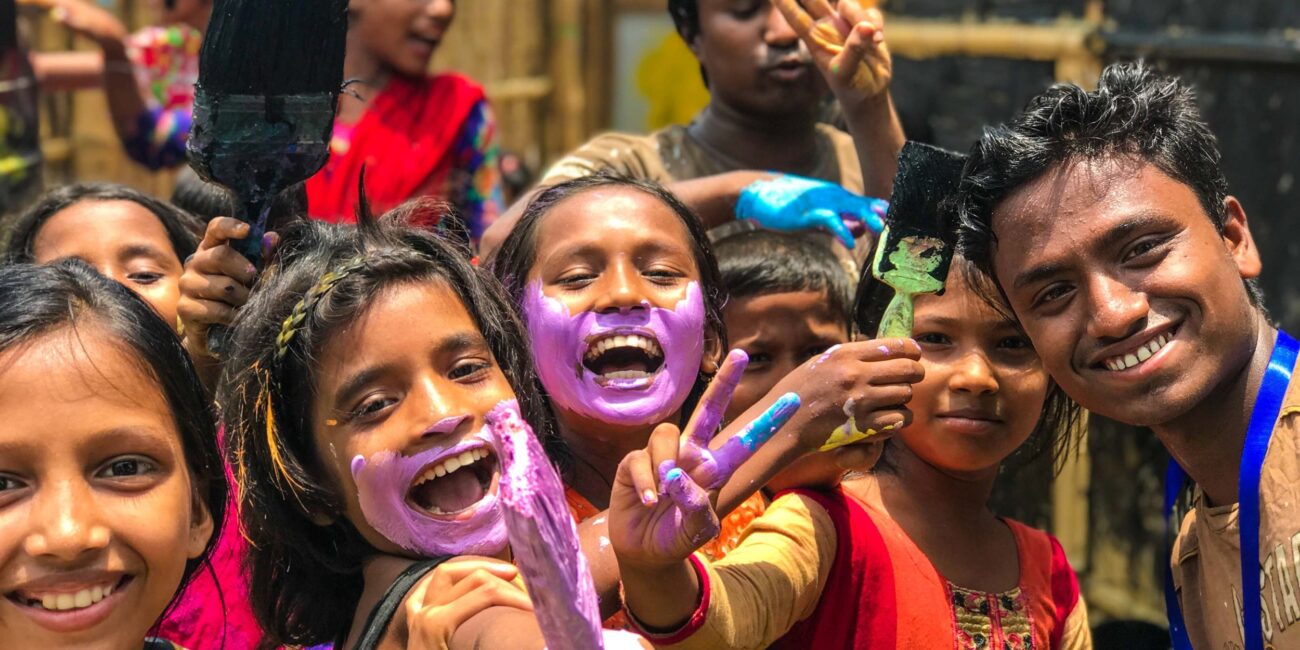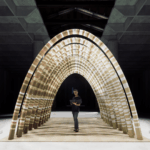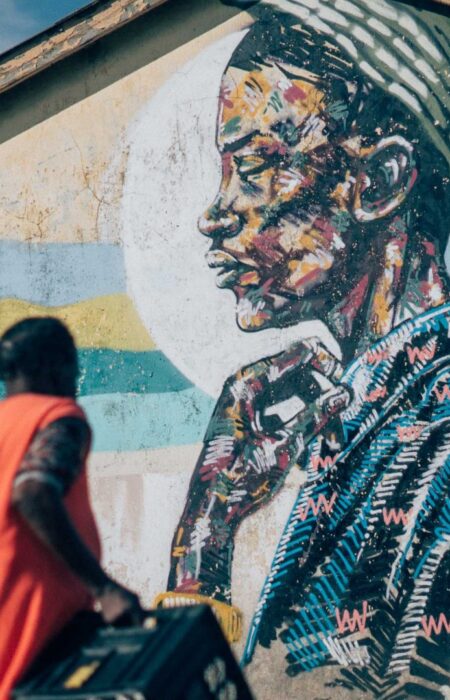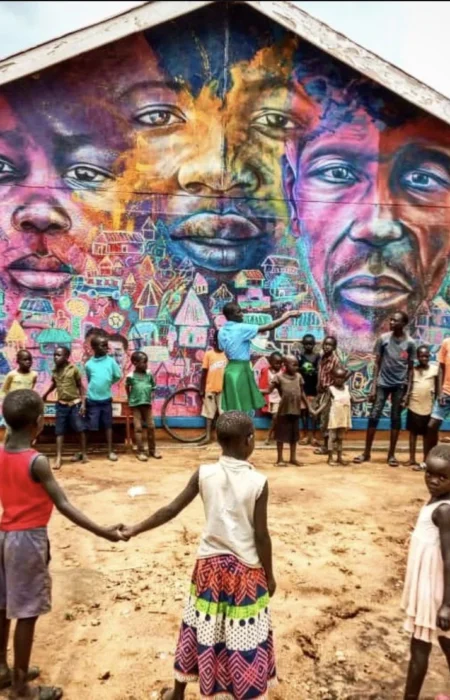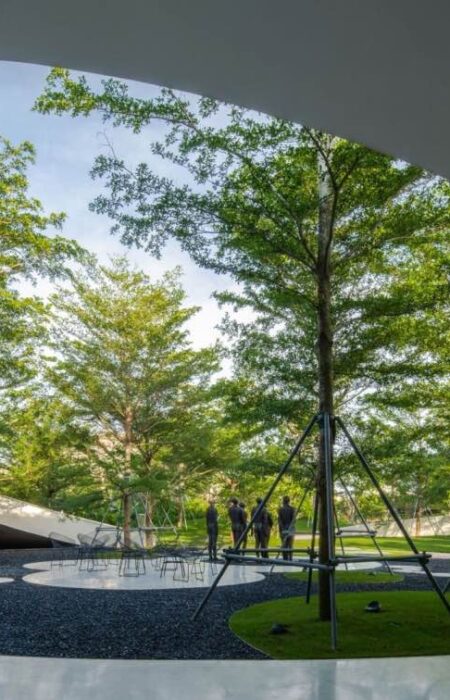In communities grappling with trauma, conflict, and marginalization, traditional forms of therapy often fall short. Language barriers, cultural stigma around mental health, and limited access to professionals can leave many without support. This is where art therapy steps in—not as a substitute for mental health services, but as a transformative tool that taps into the universal language of creativity. With paint, clay, and color, individuals can express pain, reclaim identity, and begin healing. Around the world, organizations are using art to reach people others can’t—and the results are both beautiful and profound.
Here are five standout projects that illustrate how art therapy is making a tangible difference.
1. The Red Pencil (International)
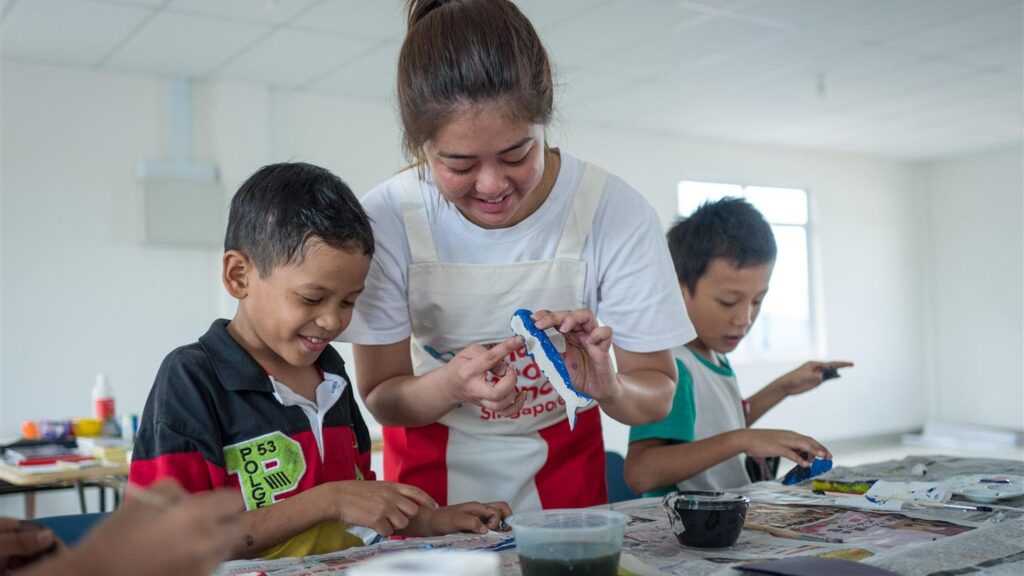
Founded in Singapore, The Red Pencil brings creative arts therapy to children, families, and communities affected by traumatic experiences—particularly in conflict zones and disaster-struck areas. Their programs span continents, with active work in the Middle East, Africa, and Southeast Asia. The organization uses visual art, music, and movement therapy to help participants process emotions they can’t yet verbalize. In refugee camps or post-disaster shelters, where talk therapy may be culturally unfamiliar or emotionally inaccessible, The Red Pencil enables people to tell their stories with brushes instead of words.
2. Prison Arts Collective (USA)

Operating across multiple California state prisons, the Prison Arts Collective (PAC) offers a rare outlet for incarcerated individuals: the freedom to create. Through workshops in drawing, painting, and mixed media, PAC empowers participants to reconnect with their humanity and reflect on their choices and aspirations. The sessions are often led by university students and art faculty, turning prisons into collaborative learning spaces. Research shows that such programs reduce disciplinary infractions and increase self-esteem, laying a foundation for successful reintegration into society upon release.
3. Artolution (Global)

Artolution is a community-based public art organization focused on creating large-scale collaborative murals in crisis-affected areas. From Syrian refugee camps in Jordan to informal settlements in Colombia, Artolution trains local artists to lead workshops for children and families. These collective murals become both therapy and testimony—colorful affirmations of resilience, belonging, and shared experience. The process emphasizes empowerment: participants are not passive recipients but active storytellers shaping the narrative of their own survival.
4. Creativity Explored (USA)
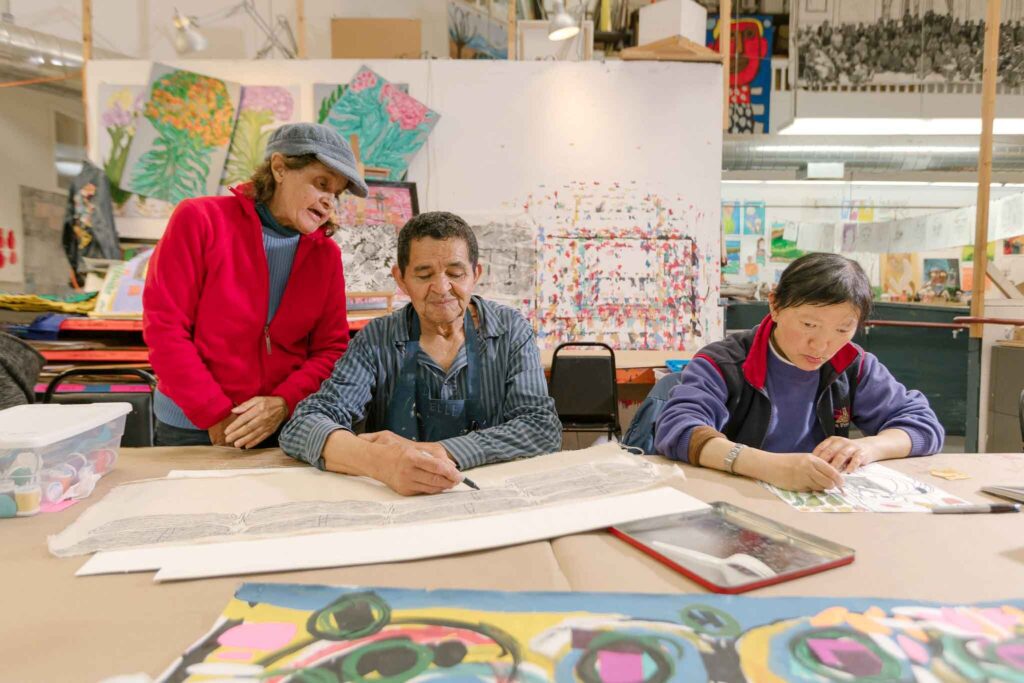
Since 1983, Creativity Explored in San Francisco has supported artists with developmental disabilities by providing professional studio space, materials, and mentorship. What sets the program apart is its dual focus on creative development and economic opportunity. The artists’ works are regularly exhibited and sold, with proceeds going directly to the creators. This not only validates their artistic expression but also fosters financial independence and confidence. For many participants, art becomes a lifeline—connecting them to a broader community and revealing abilities long overlooked by society.
5. Studio Upstairs (UK)
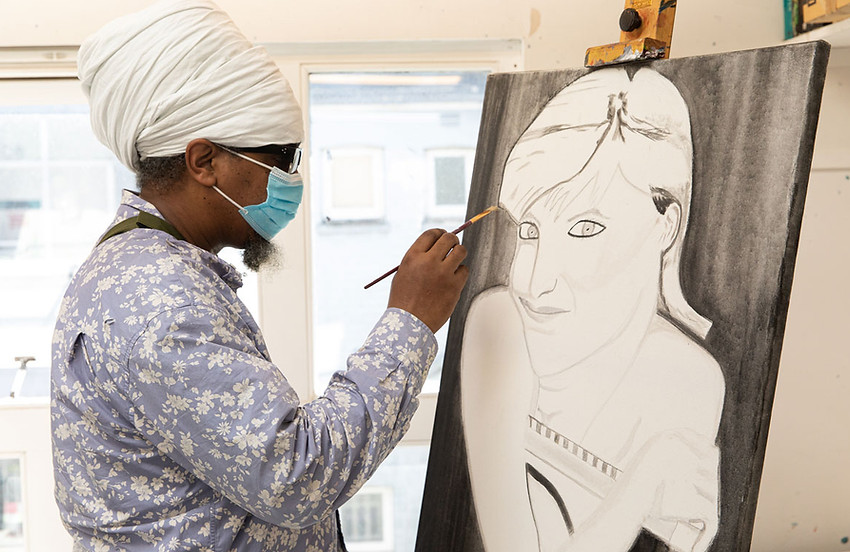
Operating in cities like London and Bristol, Studio Upstairs provides a supportive art studio environment for people recovering from mental illness, addiction, or trauma. Founded in 1988, it blends art therapy with professional studio practice, allowing participants to work alongside trained artists and therapists in a non-clinical space. Members are encouraged to build a body of work, exhibit publicly, and reconnect with a sense of identity and purpose. The focus is on long-term creative engagement as a path to emotional stability, self-worth, and community integration.
More Than Just a Medium
These projects demonstrate that art is far more than decoration—it’s intervention, empowerment, and sometimes survival. In places where words fail or access is limited, a splash of paint or a shared mural can open doors to hope, healing, and human connection. As the demand for inclusive and culturally sensitive mental health approaches grows, the role of art therapy in marginalized communities is only becoming more vital. Healing through color is no longer just a metaphor—it’s a proven path toward transformation.
